Children Childhood
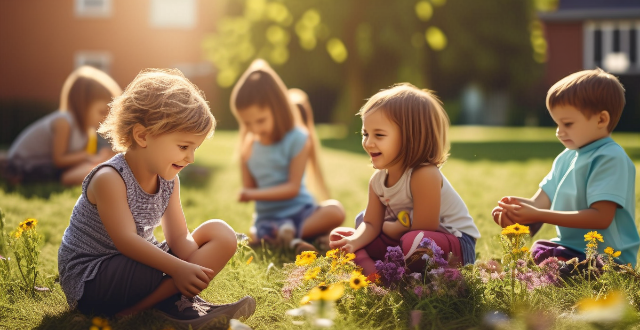
Is there a link between childhood obesity and lack of physical activity ?
The article discusses the link between childhood obesity and lack of physical activity. It explains that childhood obesity is a growing concern worldwide, with an increasing number of children and adolescents being overweight or obese. Physical activity plays a crucial role in maintaining a healthy weight, and lack of physical activity is a significant risk factor for childhood obesity. Encouraging regular physical activity can help prevent and manage childhood obesity by promoting calorie burning, building muscle mass, and improving overall well-being.

How does climate change influence childhood diseases and nutrition ?
This article discusses the impact of climate change on childhood diseases and nutrition, highlighting increased risks of infectious diseases, respiratory issues, heat-related illnesses, waterborne diseases, food insecurity, nutrient depletion, access to nutritious foods, and dietary diversity. It emphasizes the need for a multifaceted approach that includes mitigating greenhouse gas emissions and adapting to changing environmental conditions while ensuring equitable access to healthcare and nutritious food for all children.
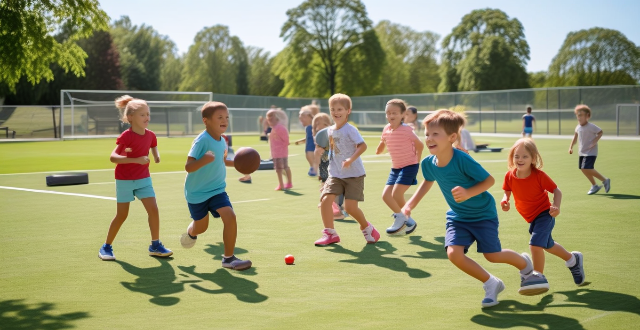
What are the potential risks associated with children specializing in one sport too early ?
Specializing in a single sport at an early age can have both advantages and disadvantages for children. While it may lead to improved skill development and potential for higher-level competition, there are also several potential risks associated with this approach. These include physical risks such as overuse injuries, burnout, and lack of cross-training benefits; psychological risks like pressure and stress, narrowed social experiences, and fear of failure; developmental risks including delayed skill development, loss of childhood, and reduced adaptability; social risks such as isolation, peer pressure, and limited life skills; and academic risks such as time management challenges and prioritization issues. To mitigate these risks, experts often recommend encouraging diverse participation in sports until late adolescence, ensuring a balanced approach between sports, school, and leisure time, providing access to mental health resources for athletes dealing with stress and pressure, and involving parents in a supportive but not pushy way.

How do family-friendly events help in building a strong relationship between parents and children ?
Family-friendly events play a crucial role in fostering strong relationships between parents and children. These events provide opportunities for families to spend quality time together, engage in fun activities, and create lasting memories. In this article, we will discuss how family-friendly events can help build a strong relationship between parents and children. One of the primary benefits of family-friendly events is that they enhance communication between parents and children. During these events, families have the chance to talk about their interests, share experiences, and learn new things together. This open communication helps to build trust and understanding within the family unit. Family-friendly events offer a structured environment where parents and children can spend quality time together without distractions. This dedicated time allows families to reconnect and strengthen their bonds. Family-friendly events often feature a variety of activities that cater to different age groups and interests. This exposure to new experiences can help children develop new skills and hobbies, while also allowing parents to discover hidden talents or interests within themselves. The memories created during family-friendly events are invaluable in building strong relationships between parents and children. These experiences become cherished moments that families look back on fondly, reinforcing the importance of spending time together. Family-friendly events also offer opportunities for parents and children to develop empathy and understanding towards one another. By observing each other's reactions and emotions during these events, families can gain insights into each other's perspectives and feelings.
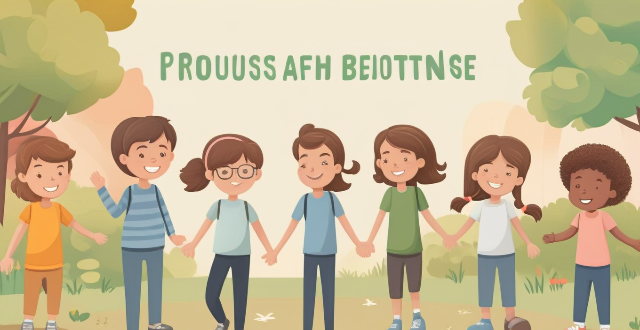
How does air pollution caused by climate change affect children ?
The provided text discusses the impact of air pollution, exacerbated by climate change, on children's health. It outlines both immediate and long-term health effects, including respiratory issues, developmental concerns, chronic conditions, and potential for other health problems. The text also highlights the socio-economic impact of these health issues, such as school performance and healthcare costs. Prevention and mitigation strategies are suggested, including reducing pollution sources, promoting clean energy, awareness and education, and urban planning. The conclusion emphasizes the need for collective action to protect children's health and future.

What are the key elements of a quality preschool program ?
**Key Elements of a Quality Preschool Program** A high-quality preschool program focuses on the overall development of children, incorporating various elements that support their growth. These include: 1. **Curriculum Design**: - Developmentally appropriate practices. - Integrated learning across domains. - Play-based learning activities. 2. **Qualified Educators**: - Certified teachers with early childhood education credentials. - Continuous professional development opportunities. 3. **Safe and Supportive Environment**: - Physical safety measures. - Emotional support from educators. 4. **Parent Involvement and Partnership**: - Open communication channels. - Opportunities for parental participation. 5. **Health and Nutrition**: - Health policies and hygiene practices. - Nutritious meals and snacks. 6. **Assessment and Evaluation**: - Ongoing observations by teachers. - Developmental screenings for children. 7. **Diversity and Inclusion**: - Culturally responsive teaching methods. - An inclusive environment for all children. 8. **Class Size and Adult-to-Child Ratio**: - Small class sizes. - Adequate supervision ratios. 9. **Curriculum Flexibility**: - Adaptable curriculum to meet changing needs. - Integration of family and community resources. 10. **Active Learning**: - Hands-on experiences. - Outdoor play opportunities. By addressing these key elements, preschool programs can provide a comprehensive and enriching experience for young children, fostering their social, emotional, cognitive, and physical development.

How can parents promote healthy developmental milestones in their children ?
This article provides tips for parents on how to promote healthy developmental milestones in their children, including providing a stimulating environment, encouraging social interaction and physical activity, teaching self-care skills, and fostering independence.
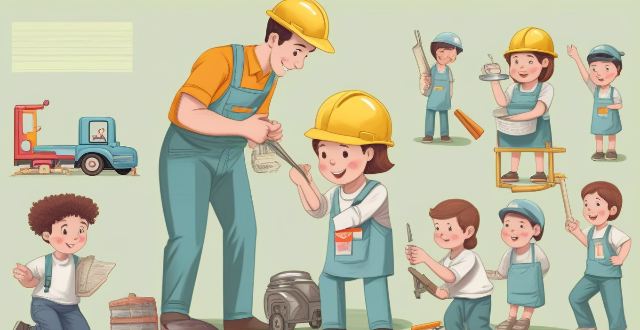
How can parents effectively teach their children about safety ?
Teaching children about safety is crucial for their well-being. Parents can effectively teach their children about safety by establishing clear rules, educating them about potential dangers, practicing safety drills, encouraging open communication, and modeling safe behavior. By doing so, children will develop awareness and the ability to protect themselves from potential dangers.

How do I provide for minor children in my estate plan ?
When it comes to estate planning, one of the most important considerations is how to provide for your minor children. Here are some steps you can take to ensure that your children are taken care of financially and emotionally after you're gone: Create a will or trust, name a guardian, establish a trust fund, consider life insurance, and make sure your beneficiaries are up-to-date.
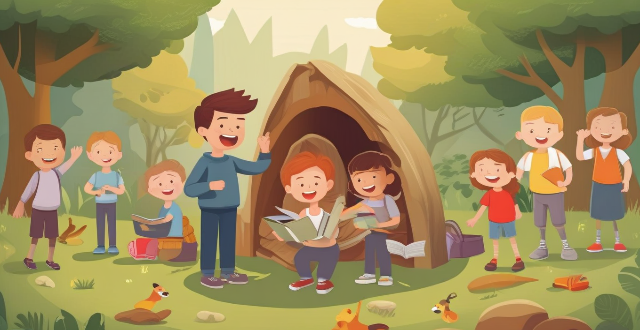
How can children be encouraged to speak up if they feel unsafe ?
The article emphasizes the importance of creating a safe and supportive environment for children to express themselves without fear of judgment or criticism. It suggests educating children about personal safety, role-playing different scenarios, and discussing potential consequences of not speaking up if they feel unsafe. The article also recommends teaching children who to trust, encouraging them to use their voice, and providing options for seeking help. Overall, it highlights the significance of empowering children to take action and advocate for their own safety.
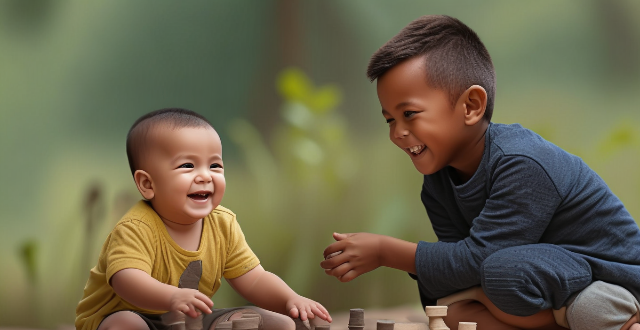
What role do children play in combating climate change ?
The article emphasizes the pivotal role children can play in combating climate change. They can contribute through education and awareness, innovation and creativity, advocacy and action, and by making sustainable lifestyle changes. By empowering children to understand and act on climate issues, we can ensure a more sustainable future for all.

Are there any celebrities who have been friends since childhood and still remain close today ?
Celebrity friendships that have stood the test of time, including Jennifer Aniston and Courteney Cox, Jamie Foxx and Cameron Diaz, Taylor Swift and Selena Gomez, and George Clooney and Brad Pitt.

How can parents ensure socialization opportunities for homeschooled children ?
Socialization is crucial for a child's development, and homeschooling parents can ensure ample opportunities through various strategies. Joining a homeschool co-op or group, attending community events, participating in sports and clubs, hosting playdates, using online resources, encouraging peer interaction during errands, volunteer work, and fostering open communication are all effective ways to promote socialization. By implementing these strategies, parents can help their homeschooled children develop essential interpersonal skills.

How can parents encourage their children to develop new skills through interactive activities ?
The article provides strategies for parents to encourage their children's skill development through interactive activities. It emphasizes the importance of hands-on, engaging learning experiences and offers specific tips for creating a supportive environment, involving children in planning, modeling behavior, offering praise, making learning fun, allowing for trial and error, providing practice opportunities, connecting learning to real life, and being patient and persistent. The goal is to help children become well-rounded individuals who are motivated and equipped for future challenges.

What are some of the best sports movies for children ?
Sports movies can inspire children to be active, learn teamwork, and develop a love for sports. Here are some of the best sports movies for children: The Sandlot (1993), Miracle (2004), Cool Runnings (1993), Remember the Titans (2000), The Blind Side (2009), A League of Their Own (1992), Coach Carter (2005), The Bad News Bears (1976), Space Jam (1996), Million Dollar Arm (2014).

How can parents balance work and home teaching strategies for their children ?
Parenting in the modern era is a challenging task, especially when it comes to balancing work responsibilities with home teaching strategies for children. Here are some tips: - Set priorities by identifying what is most important and allocating time accordingly. - Create a routine that provides structure and predictability for both parents and children. - Utilize technology as a tool for supplementing learning outside of traditional school hours. - Involve children in household chores to teach them valuable life skills while also freeing up more time for parents. - Seek support from others such as grandparents, babysitters, or other family members who are willing to lend a hand.

What are the psychological impacts of climate change on children ?
The psychological impacts of climate change on children can be significant and far-reaching, including anxiety and fear, a sense of helplessness, loss of connection to nature, trauma, and grief and mourning. It is essential for parents, educators, and mental health professionals to recognize and address these impacts to support the mental health and well-being of children affected by climate change.